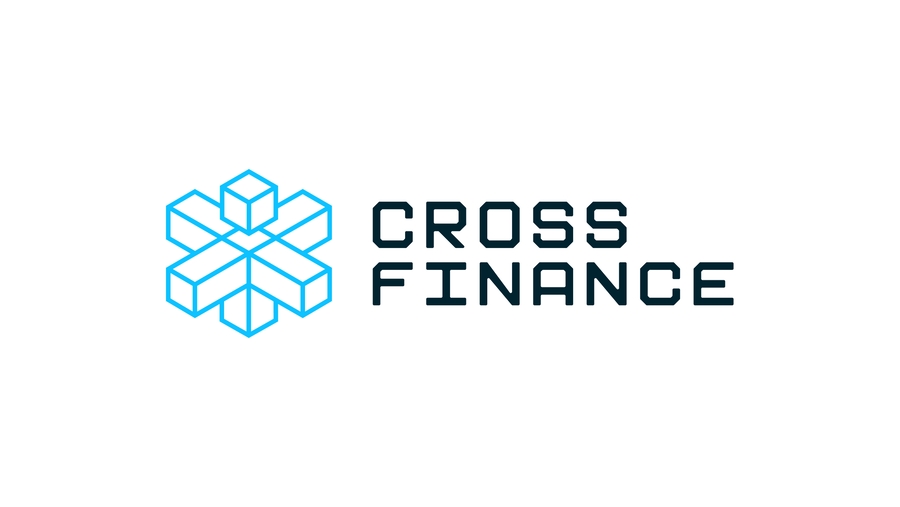Subquery project CrossFi Dictionary

The CrossFi project (https://crossfi.org/) is a next-generation digital ecosystem that integrates traditional banking services with blockchain technology to create a seamless, secure, and transparent financial platform. Below is a detailed description of what CrossFi does, its purpose, and the problems it addresses:
What CrossFi Does
CrossFi is a Web3 banking and decentralized finance (DeFi) platform built on its proprietary Layer 1 blockchain, the CrossFi Chain. It combines the stability and familiarity of traditional financial instruments with the security, transparency, and decentralization of blockchain technology. The ecosystem provides a range of financial services, including:
Non-Custodial Crypto-to-Fiat Payment Gateway:
CrossFi offers a non-custodial payment system that allows users to spend cryptocurrencies (like its native XFI token) as easily as fiat currency, both online and offline, using the CrossFi Card. The card connects directly to a Web3 wallet (e.g., MetaMask), ensuring users retain full control over their assets without third-party interference or regulatory oversight. Transactions are transparent, with each payment receipt including a blockchain hash for real-time verification via a blockchain explorer.
CrossFi Card:
A free, non-custodial, on-chain card that enables users to spend cryptocurrency globally at over 100 million merchants where Visa is accepted. It supports low transaction fees (2%) and free ATM withdrawals up to $300, with no hidden fees or need for prepaid deposits. The card integrates with Apple Pay and Google Pay (coming soon).
Decentralized Finance (DeFi) Services:
Through its xApp, CrossFi provides a multi-purpose DeFi application where users can stake tokens, provide liquidity, borrow the algorithmic stablecoin xUSD, and exchange cryptocurrencies. The platform supports cross-chain interoperability, allowing seamless asset transfers between the CrossFi Chain and EVM-compatible chains like Ethereum, Arbitrum, and BNB Smart Chain.
xAssets Platform:
A decentralized platform for minting, trading, and swapping synthetic tokens that represent real-world assets (e.g., commodities, stocks, or currencies). It offers advanced financial tools like margin and options trading, traditionally limited to conventional markets.
xStake Yield Aggregator:
A cross-chain yield aggregator that optimizes returns on staked assets by leveraging DeFi protocols across multiple blockchains. It features automated rebalancing via an oracle system, making it user-friendly for both novice and experienced users.
CrossFi Chain:
A high-performance Layer 1 blockchain with EVM compatibility and a Delegated Proof of Stake (DPoS) consensus mechanism. It supports up to 1 million transactions per second, with low fees (~$0.02-$0.03) and scalability. The chain uses two native tokens: XFI (for transactions and governance) and MPX (for staking and earning rewards).
CrossFi Foundation:
A non-profit organization that promotes ecosystem growth through grants, hackathons, and incentives for developers, validators, and users. It fosters community-driven development to expand the CrossFi ecosystem.
Web3 Banking App:
A comprehensive crypto banking app that integrates traditional banking features (e.g., cross-border payments, multi-currency accounts) with DeFi tools. It supports non-custodial crypto payments, asset management, and peer-to-peer (P2P) transfers via SWIFT, IBAN, or phone number.
Purpose of CrossFi
CrossFi aims to bridge the gap between traditional finance (TradFi) and decentralized finance (DeFi) by creating a user-centric, secure, and interoperable financial ecosystem. Its primary goals include:
Financial Inclusion: Making financial services accessible to the unbanked and underbanked by enabling seamless crypto-to-fiat transactions and cross-border payments without reliance on traditional banks.
Interoperability: Facilitating cross-chain asset transfers and communication between blockchains (e.g., Ethereum, Cosmos) to break down silos in the crypto ecosystem.
Decentralization and Security: Providing non-custodial solutions where users maintain full control over their assets, leveraging blockchain’s transparency and immutability to ensure security and trust.
Efficiency and Cost Reduction: Offering near-instant transactions with low fees compared to traditional banking systems, which often involve high costs and delays for cross-border payments.
Innovation in Financial Services: Introducing advanced DeFi tools (e.g., synthetic assets, yield farming, staking) and integrating them with traditional banking features to create a comprehensive financial platform.
Problems CrossFi Solves
CrossFi addresses several key challenges in the financial and crypto sectors:
Fragmentation in Finance:
Traditional finance and DeFi operate in silos, making it difficult for users to manage assets across both systems. CrossFi’s Automated Banking System (ABS) integrates blockchain with traditional banking, enabling seamless crypto-to-fiat conversions and cross-border transfers.
High Costs and Slow Transactions:
Traditional cross-border payments can take days and incur high fees due to intermediaries. CrossFi’s blockchain-based payment system offers near-instant settlements with low transaction fees (e.g., $0.02-$0.03), making it cost-effective for businesses and individuals.
Lack of Financial Access:
The unbanked and underbanked populations face barriers to accessing financial services. CrossFi’s non-custodial payment gateway and Web3 banking app allow anyone with a blockchain wallet and internet connection to participate in global finance.
Volatility in Crypto:
Cryptocurrency price fluctuations can deter everyday use. CrossFi’s stablecoin, xUSD, pegged to the USD, mitigates volatility risks, making it suitable for payments and financial services.
Complexity of DeFi:
DeFi can be intimidating for new users. CrossFi simplifies the experience with a user-friendly Web3 app, automated tools like xStake, and integration with familiar wallets like MetaMask.
Regulatory Challenges:
CrossFi ensures compliance with KYC and AML regulations through its PCI DSS-certified processing system, balancing decentralization with regulatory standards to build trust among users and institutions.
Limited Merchant Acceptance:
Many merchants do not accept cryptocurrencies. The CrossFi Card converts crypto to fiat at the point of sale, enabling users to spend crypto at millions of merchants worldwide.
Conclusion
CrossFi is revolutionizing the financial landscape by merging the best of traditional banking and DeFi. Its Layer 1 blockchain, non-custodial payment solutions, and innovative DeFi tools address critical pain points such as high costs, slow transactions, financial exclusion, and complexity in the crypto space. By fostering interoperability, security, and user empowerment, CrossFi aims to make cryptocurrencies an integral part of the global financial system, redefining how individuals and businesses manage and transact with digital assets.
https://app.subquery.network/explorer/project/0x6c/overview
Deployed At: 2025-07-30T14:56:35
Project type:
Indexer Project
Project category:
Dictionary,DeFi
Is Project Official?
No
Latest release version:
0.0.1
Latest release hash:
QmfPSQyPseTQznfoiGFy3mzeLU13mGkeScEEyRotdN6SYL
Setup your own indexer:
https://github.com/w3cdn/subquery-indexer-toolkit/blob/mainnet/README.md
Projects Updates Alerts channel:
https://t.me/subquery_projects_tracker https://eagleeye.subquery.dev/updates
Subquery Indexers Monitoring:
https://t.me/subquery_eagle_eye_reserve_bot https://eagleeye.subquery.dev/
Subquery Indexers Snapshots:
Last updated